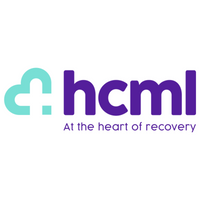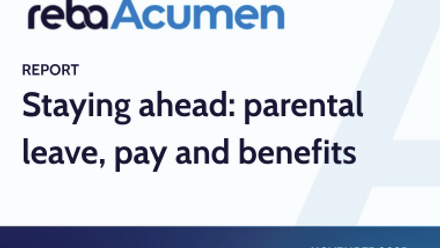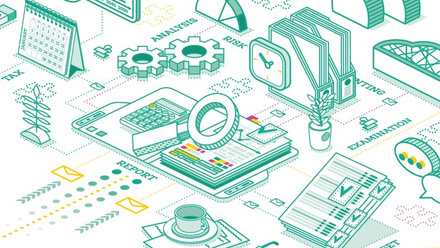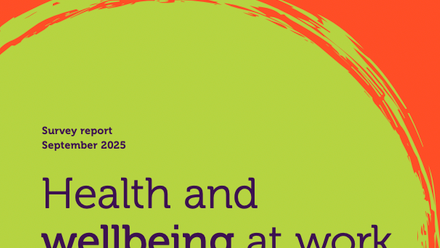Employers can lead the way in designing inclusive, global women’s and family health benefits
Fertility support, menopause care, pregnancy loss, childcare, flexible working, and equitable parental leave are now a necessity in a competitive employment landscape.
They are essential to attracting, retaining and empowering talent. Yet despite progress, workplace support remains inconsistent. Access to care varies by region and role, internal cultural stigma still shapes experience, and many policies continue to reflect outdated assumptions about what women need.
At the same time, policy change is accelerating. The UK’s forthcoming Employment Rights Bill marks a significant shift toward accountability.
Under the legislation, employers with more than 250 employees will be required to publish annual gender equality action plans by 2027 which outline steps to close gender pay gaps and improve workplace support for menstruation, menopause, fertility and wider women’s health needs.
The intent is clear: reporting alone is no longer enough. Organisations must now demonstrate support through meaningful, measurable action.
This shift aligns with a wider global movement in business. Employers increasingly recognise that women’s health and family wellbeing are central to workforce performance and culture.
Companies that lead on women’s health see stronger leadership pipelines, higher loyalty and better organisational resilience.
Understanding the requirements
The first step when designing inclusive health benefits is to understand what the workforce needs. Needs differ across ages, life stages, cultural backgrounds, working patterns, and health histories.
A woman joining the workforce for the first time may need support navigating menstrual health or confidence-building. A woman in her thirties may require flexible working, fertility support, or space around pregnancy loss. A woman in midlife may need menopause guidance and clinical support to remain healthy and confident in her role.
To understand these differences, organisations must take listening seriously. Employee surveys, engagement analysis, and listening groups can reveal not only what support is lacking, but what barriers exist to accessing support already in place.
However, the value of these tools depends entirely on what happens next. When organisations ask for feedback but fail to act, they erode trust and disengage the very people they aim to support.
Survey insights should provide strategic direction allowing a business to act on insight and provide the basis for implementing practical, effective solutions.
Supporting the whole health journey
Inclusive women’s and family health benefits should recognise that health is not linear. Designing policies around a single stage, such as maternity leave, misses the majority of women’s health experiences.
A more effective approach is continuity of care: support that spans menstrual health, fertility, pregnancy, miscarriage, parenting, chronic conditions and menopause. It also means recognising that employees have different caring responsibilities and other needs that need supporting.
Implementing effective policies for women means acknowledging experiences that have often remained invisible in corporate culture.
Pregnancy loss is one example. Many women return to work carrying grief that is rarely spoken about or accommodated. Menopause is another. Symptoms such as fatigue, anxiety, insomnia and concentration difficulties can undermine confidence and career progression, yet many workplaces lack both awareness and guidance on how to support women through it.
When organisations acknowledge these realities, provide access to clinical support, and create space for open conversation, they move from policy-making to culture-building.
As family health needs evolve, employers are increasingly called upon to provide support that goes beyond what public health systems can offer. Reliance on the NHS alone, for instance, is no longer sufficient due to long wait times, regional variation and lack of specialist provision in some areas.
The most successful wellbeing programmes in organisations establish a clear global commitment to women’s and family health that caters to every employee, regardless of location, with a policy that allows regional teams to adapt delivery based on local systems and cultural norms.
This approach promotes equity without imposing uniformity. What matters most is that employees everywhere feel seen, supported and able to access the care they need.
Implementing measurable change
The Employment Rights Bill introduces a renewed focus on measurable outcomes. To meet this expectation meaningfully, organisations must begin with a clear understanding of their current position: what support already exists, who uses it, who does not, and why.
Reviewing policies, attendance and retention data, pay equity reporting and exit feedback provides a strong foundation.
From here, the design of new policies should involve the people who will use them. Women must be included in shaping solutions, but so should caregivers, fathers, managers and those supporting partners experiencing health challenges.
Cultural change happens not when benefits are made available, but when they are understood, trusted and normalised.
Implementation should prioritise clarity and visibility. Policies must be easy to access, and leaders should encourage their use and lead by example. Even small acts such as discussing menopause or fertility openly gives others permission to do the same.
The process should be iterative rather than fixed: the health needs of employees will evolve, and benefits should evolve with them.
Looking ahead
Supporting women’s and family health is not only a moral imperative, it is a business investment. Organisations that lead in this space benefit from stronger retention, reduced burnout, increased productivity and more diverse leadership pipelines.
But the deeper value lies in culture. When employees feel understood and supported, they don’t just stay with their employer, they contribute, lead and thrive.
The organisations that that listen deeply, design intentionally, and build health benefits that reflect real life not only meet emerging policy expectations but they also shape the next era of workplace equity, and with it, a more resilient, inclusive and human working world.
Supplied by REBA Associate Member, HCML
HCML is a health and wellbeing provider, offering integrated and personalised healthcare solutions.








